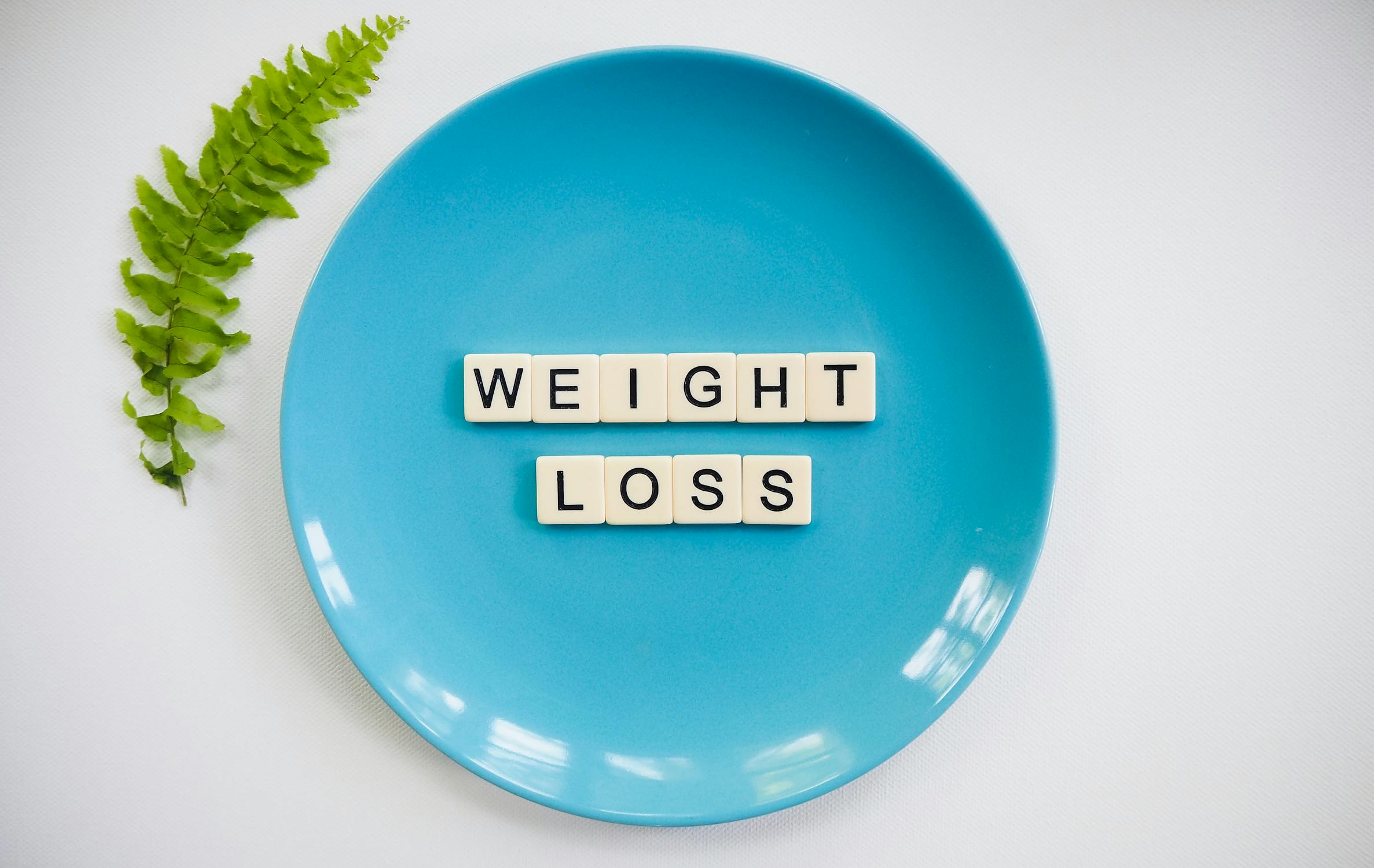[ad_1]
PHOENIX (AP) — Extended traces are back again at food stuff banks around the U.S. as doing work Us citizens overcome by inflation switch to handouts to assistance feed their households.
With gas prices soaring alongside with grocery expenses, a lot of people are trying to get charitable foodstuff for the very first time, and a lot more are arriving on foot.
Inflation in the U.S. is at a 40-calendar year high and gasoline prices have been surging given that April 2020, with the normal price nationwide briefly hitting $5 a gallon in June. Rapidly mounting rents and an close to federal COVID-19 aid have also taken a money toll.
The foodstuff financial institutions, which experienced started off to see some aid as folks returned to work soon after pandemic shutdowns, are battling to meet the most recent need even as federal courses give less food items to distribute, grocery store donations wane and funds gifts really don’t go practically as far.
Tomasina John was among the hundreds of families lined up in quite a few lanes of cars and trucks that went close to the block one particular the latest working day outside St. Mary’s Food stuff Financial institution in Phoenix. John explained her relatives experienced never ever visited a foodstuff bank ahead of since her partner experienced easily supported her and their 4 young children with his development do the job.
“But it truly is actually extremely hard to get by now without the need of some assistance,” explained John, who traveled with a neighbor to share gasoline expenditures as they idled underneath a scorching desert sunshine. “The selling prices are way as well large.”
Jesus Pascual was also in the queue.
“It really is a true struggle,” said Pascual, a janitor who approximated he spends several hundred pounds a month on groceries for him, his wife and their five kids aged 11 to 19.
The exact same scene is recurring throughout the nation, in which foodstuff lender workers predict a tough summer time holding forward of need.
The surge in foods charges arrives soon after state governments finished COVID-19 disaster declarations that temporarily authorized increased added benefits less than SNAP, the federal foods stamp system masking some 40 million People .
“It does not appear like it truly is going to get superior overnight,” explained Katie Fitzgerald, president and chief functioning officer for the national food items bank network Feeding The us. “Desire is seriously generating the provide issues advanced.”
Charitable foodstuff distribution has remained considerably previously mentioned quantities supplied away just before the coronavirus pandemic, even although demand tapered off somewhat late past calendar year.
Feeding The usa officials say second quarter knowledge won’t be prepared until finally August, but they are listening to anecdotally from foodstuff financial institutions nationwide that need is soaring.
The Phoenix foods bank’s key distribution middle doled out food deals to 4,271 families for the duration of the third week in June, a 78% boost around the 2,396 households served through the exact same week very last year, said St. Mary’s spokesman Jerry Brown.
Far more than 900 families line up at the distribution center just about every weekday for an emergency government food box stuffed with goods this sort of as canned beans, peanut butter and rice, reported Brown. St. Mary’s provides solutions procured with money donations, as nicely as food items offered by area supermarkets like bread, carrots and pork chops for a combined bundle really worth about $75.
Distribution by the Alameda County Local community Foods Financial institution in Northern California has ticked up considering the fact that hitting a pandemic small at the commencing of this calendar year, increasing from 890 homes served on the 3rd Friday in January to 1,410 homes on the 3rd Friday in June, reported promoting director Michael Altfest.
At the Houston Foodstuff Bank, the most significant food stuff financial institution in the U.S. the place foods distribution levels before in the pandemic briefly peaked at a staggering 1 million pounds a working day, an average of 610,000 pounds is now being presented out each day.
That’s up from about 500,000 kilos a working day before the pandemic, claimed spokeswoman Paula Murphy said.
Murphy stated funds donations have not eased, but inflation assures they don’t go as much.
Food lender executives mentioned the sudden surge in demand caught them off guard.
“Final year, we had predicted a decrease in need for 2022 because the financial system had been accomplishing so well,” mentioned Michael Flood, CEO for the Los Angeles Regional Food stuff Financial institution. “This challenge with inflation arrived on pretty abruptly.”
“A lot of these are persons who are functioning and did Okay during the pandemic and perhaps even saw their wages go up,” claimed Flood. “But they have also viewed foods prices go up outside of their budgets.”
The Los Angeles lender gave away about 30 million pounds of food during the initial three months of this calendar year, slightly considerably less than the prior quarter but nevertheless much additional than the 22 million kilos supplied absent for the duration of the first quarter of 2020.
Feeding America’s Fitzgerald is calling on USDA and Congress to obtain a way to restore hundreds of hundreds of thousands of bucks value of commodities just lately shed with the close of quite a few momentary plans to deliver foodstuff to people in need. USDA commodities, which normally can stand for as significantly as 30% of the food stuff the banks disperse, accounted for additional than 40% of all food items distributed in fiscal calendar year 2021 by the Feeding The usa community.
“There is a vital will need for the public sector to obtain extra foodstuff now,” claimed Fitzgerald.
In the course of the Trump administration, USDA bought various billions of pounds in pork, apples, dairy, potatoes and other products in a application that gave most of it to foodstuff financial institutions. The “Meals Buy & Distribution System” designed to assistance American farmers harmed by tariffs and other practices of U.S. trade associates has considering the fact that finished. There was $1.2 billion authorized for the 2019 fiscal year and another $1.4 billion approved for fiscal 2020.
An additional momentary USDA “Farmers to Family members” plan that presented emergency relief supplied a lot more than 155 million meals containers for families in need to have across the U.S. all through the peak of the pandemic right before ending May well 31, 2021.
A USDA spokesperson observed the agency is utilizing $400 million from the Make Again Improved initiative to establish agreements with states, territories and tribal governments t o obtain food stuff from local, regional and underserved producers that can be supplied to meals banking companies, educational institutions and other feeding applications.
For now, there is certainly plenty of food, but there might not be in the foreseeable future, said Michael G. Manning, president and CEO at Increased Baton Rouge Food Financial institution in Louisiana. He mentioned significant fuel fees also make it far a lot more high priced to acquire and distribute food stuff.
The USDA’s Coronavirus Meals Guidance Software, which provided Farmers to Family members, was “a boon” for the Alameda County Community Foods Bank, offering 5 billion lbs . of commodities about a one 12 months, claimed spokesman Altfest.
“So dropping that was a massive strike,” he reported.
Altfest explained as several as 10% of the people today now looking for food items are to start with timers, and a escalating quantity are displaying up on foot fairly than in vehicles to help save fuel.
“The meals they get from us is assisting them preserve already-stretched budgets for other bills like gasoline, rent, diapers and toddler formulation,” he mentioned.
Meanwhile, food purchases by the bank have jumped from a regular monthly regular of $250,000 ahead of the pandemic to as substantial as $1.5 million now simply because of meals charges. Rocketing gasoline expenses pressured the lender to raise its gas price range by 66%, Altfest reported.
Supply chain troubles are also a difficulty, demanding the food items lender to turn into far more aggressive with procurement.
“We employed to reorder when our inventory dropped to 3 weeks’ worthy of, now we reorder up to six weeks out,” mentioned Altfest.
He mentioned the food stuff financial institution has now requested and paid out for total chickens, stuffing, cranberries and other holiday getaway feast merchandise it will distribute for Thanksgiving, the busiest time of the year.
At the Mexican American Prospect Foundation in Montebello east of Los Angeles, staff say they are seeing a lot of families along with older men and women like Diane Martinez, who lined up one latest morning on foot.
Some of the hundreds of typically Spanish-speaking recipients had cars parked close by. They carried cloth baggage, cardboard boxes or shoved pushcarts to decide on up their meals packages from the distribution web page the Los Angeles bank serves.
“The charges of food are so substantial and they’re going up better every single day,” reported Martinez, who expressed gratitude for the baggage of black beans, ground beef and other groceries. “I’m so glad that they’re in a position to enable us.”
AP movie journalist Eugene Garcia contributed from Montebello, California.
[ad_2]
Source hyperlink






